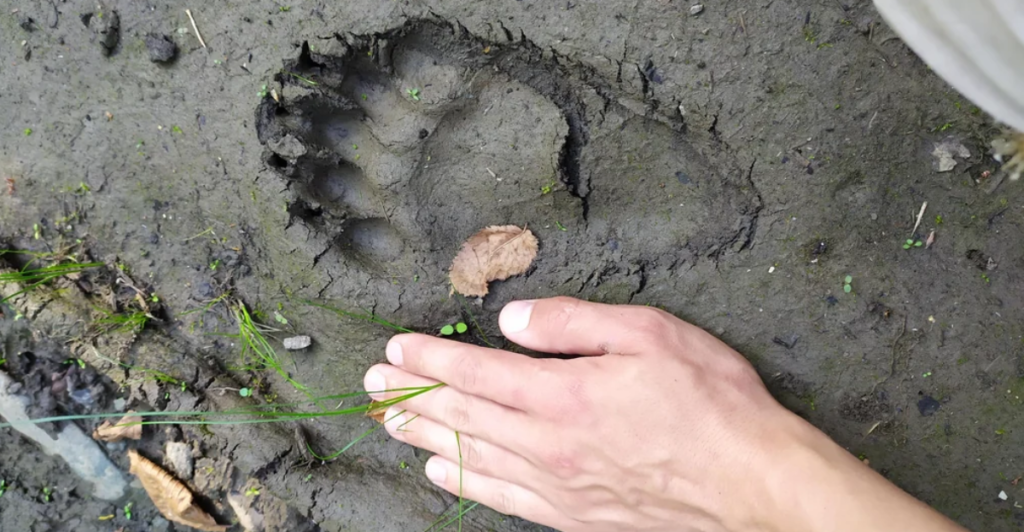
Tracking predators can be an exciting and rewarding skill for wildlife enthusiasts, nature observers, and outdoor adventurers. Being able to identify North American predators’ tracks is very important, especially if you’re hiking in the woods, exploring wetlands, or if you’re simply curious about the creatures around you. This is how you can identify the tracks of ten North American predators like a pro.
1. Grizzly Bear
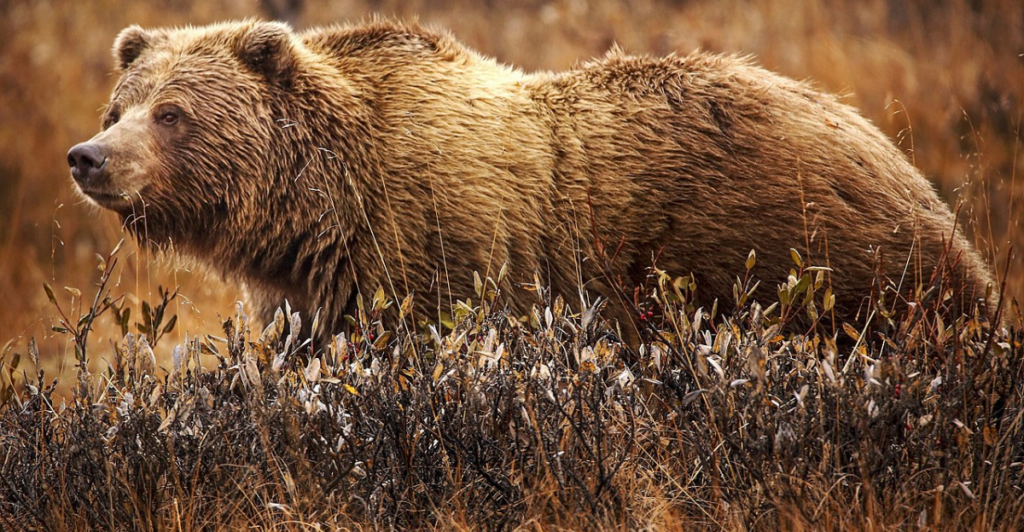
Grizzly bear tracks are large and often show claw marks. Their front paws are usually larger than their back paws and have longer, straighter claws than black bear tracks. Another feature to look out for is the toes; in grizzlies, the innermost toe often extends beyond an imaginary line drawn from the heel pad’s front edge. This is in contrast to black bears, where the innermost toe falls behind this line.
2. American Black Bear

American black bears have smaller tracks than grizzlies and have shorter, blunter claws. Their front tracks are about 2.1 to 5.3 inches long and 2.1 to 5.6 inches wide, with five rounded toes and a large, curved palm pad. Their hind tracks are bigger and measure up to 8 inches long with prominent heel pads.
3. Coyote
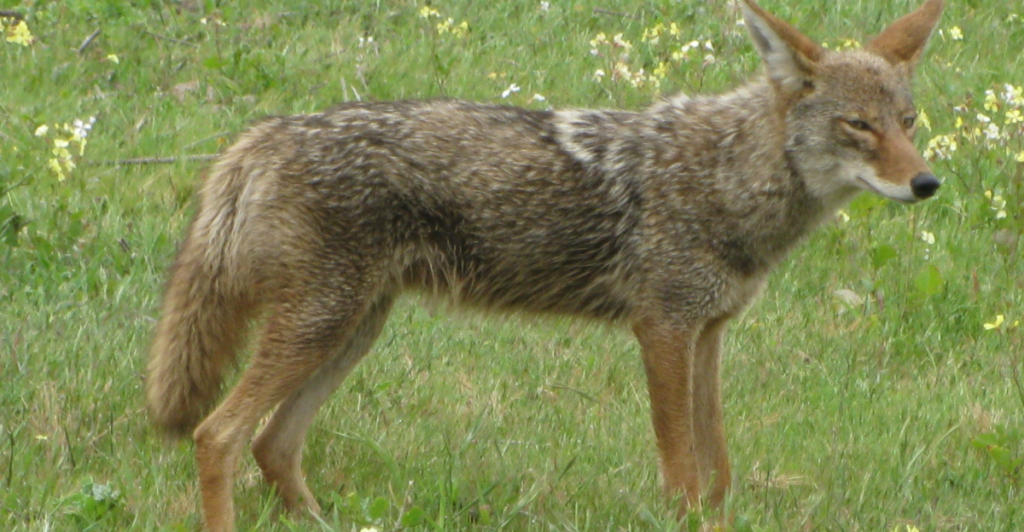
Coyotes have smaller tracks than wolves, which typically measure 2 to 3 inches long. They have sharp, pointed claw marks above their toes, which are visible due to the coyote’s habit of not retracting its claws. Their tracks are oval or egg-shaped, with a smaller middle pad compared to the overall track size.
4. Gray Wolf
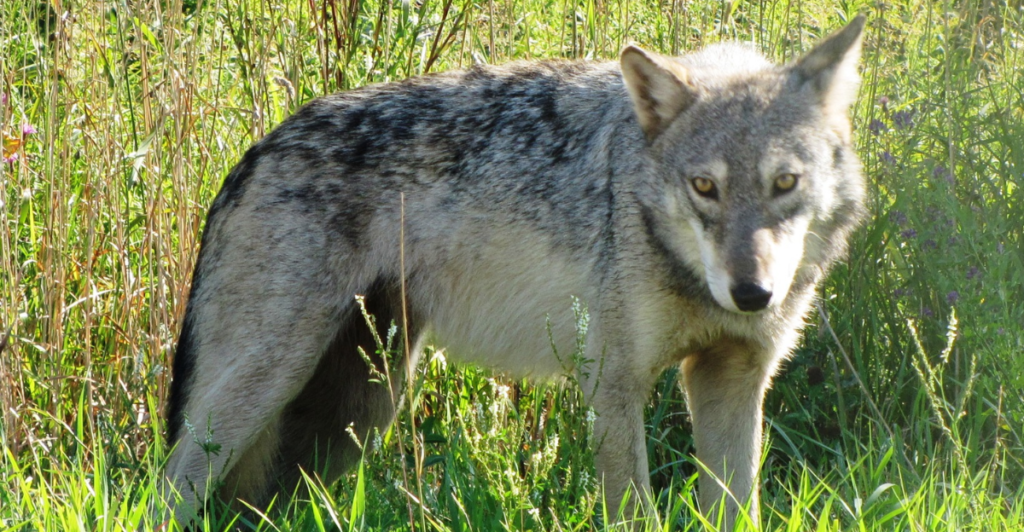
Gray wolf tracks are a lot bigger than coyote tracks and usually measure about 4 to 5 inches long. They have four symmetrical toes with visible claw marks, which are less pronounced than in coyotes. Wolves often walk in straight lines, overlapping their tracks in deep snow.
5. Red Fox
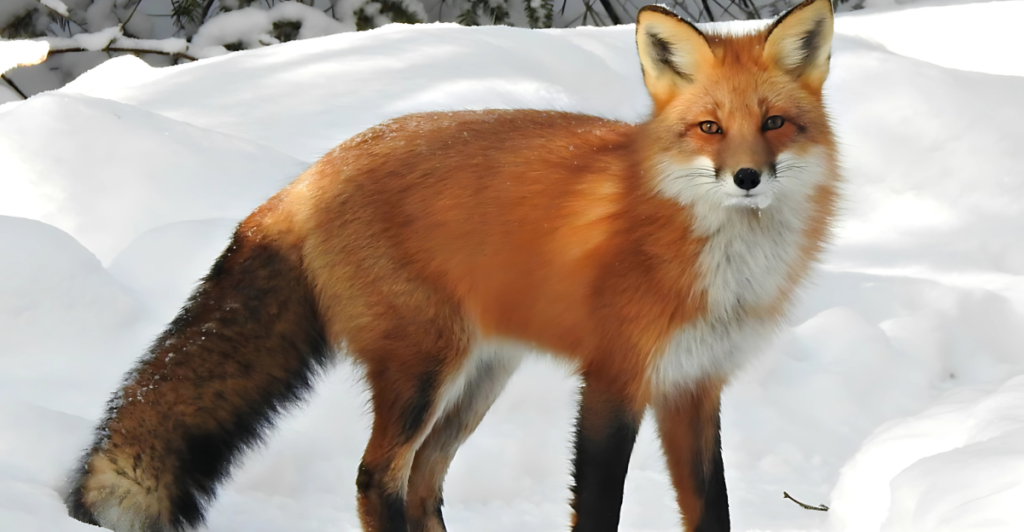
Red fox tracks are typically oval-shaped and measure between 1.5 to 2 inches long. They have four toes with sharp claw marks. Their front tracks are also slightly larger than their hind tracks. They often use a direct-register trot or side trot gait, which can help identify their tracks.
6. Bobcat
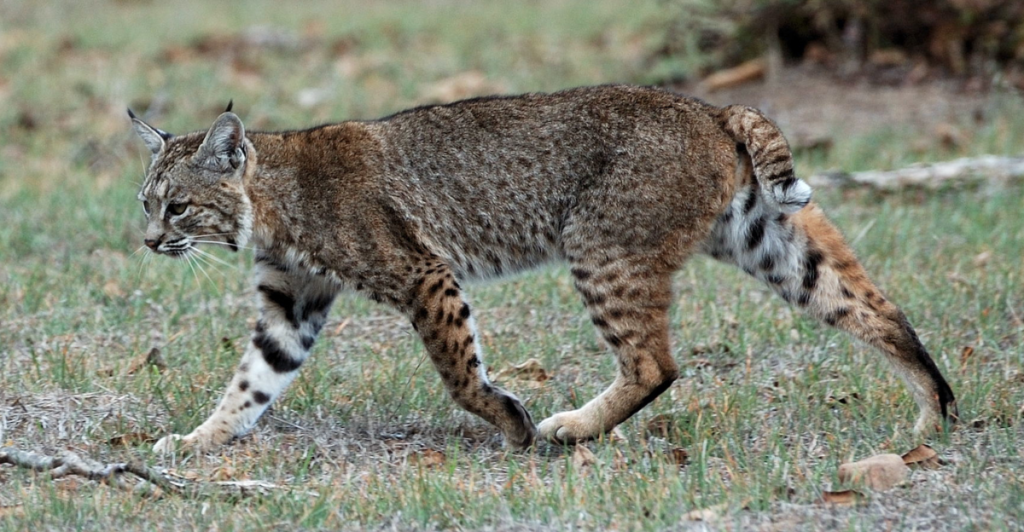
Bobcats have similar tracks to domestic cats, but they are slightly larger, typically measuring 1.5 to 2.5 inches wide. They are roundish, especially the front tracks, with an asymmetric toe arrangement and a large metacarpal pad. Their tracks do not usually show any claws because bobcats keep their claws retracted.
7. Mountain Lion
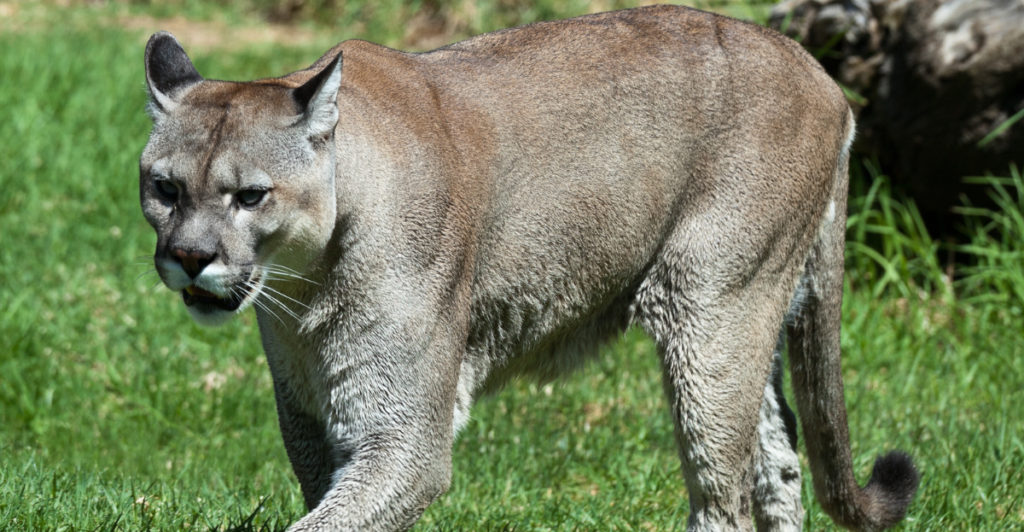
Mountain lion tracks have four toes and a large trapezoidal palm pad with a double lobe at the front. Their tracks are asymmetrical, with their third toe being the longest. Their claw marks are also never visible because of their retractable claws. Mountain lion tracks are usually 2.2 to 4.2 inches long and 1.6 to 4.3 inches wide for the front paws.
8. Wolverine
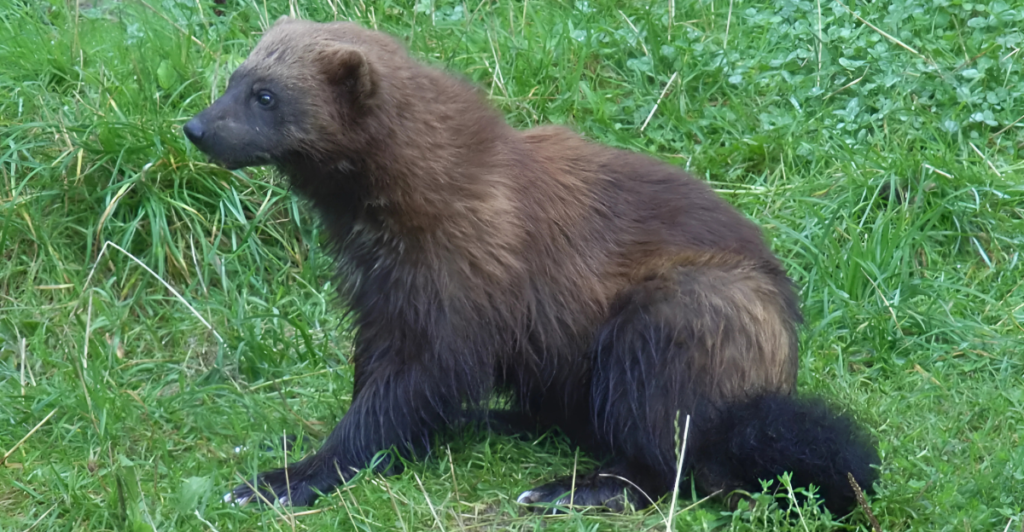
Wolverines have large and distinctive tracks with five toes, although the fifth toe might not always be visible. They have a triangular interdigital pad and are typically 3 to 4 inches long. They have unique patterns, such as paired tracks or a diagonal line of three imprints, because of their galloping or jumping gait.
9. Black-Footed Ferret
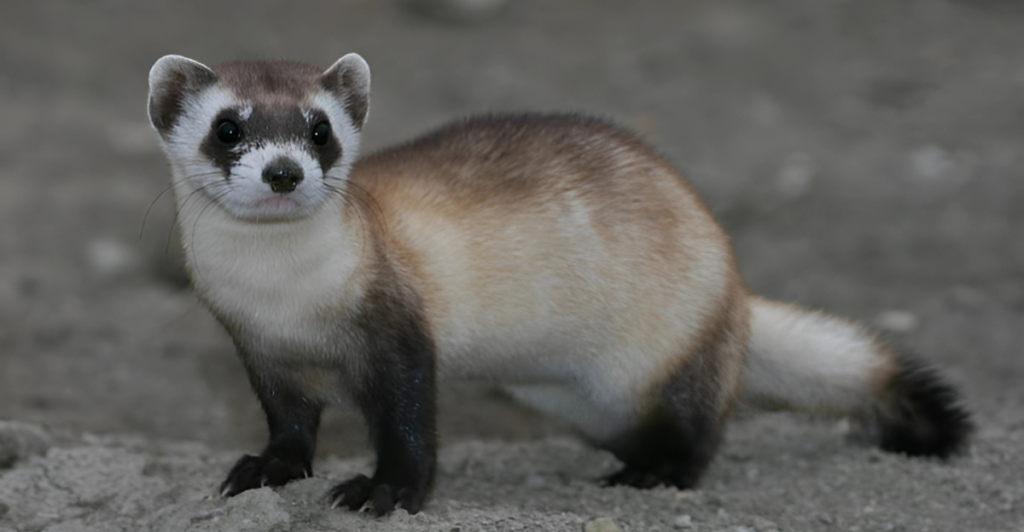
The black-footed ferret is smaller and less commonly seen than other predators, but its tracks are small with sharp, slightly arched claws. Their tracks are not as well-documented as those of larger predators, but they are often found near their habitats.
10. American Alligator
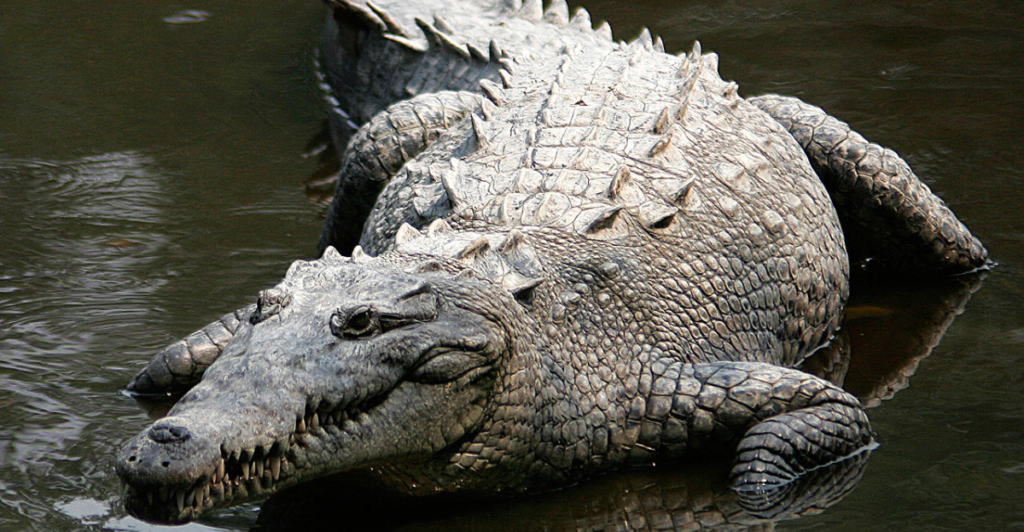
American alligator tracks are easily recognizable. Their front feet have five toes, while their back feet have four, along with a narrow, pointed heel. Their tracks are usually found near water and have a central groove made by their tail as they move.
Explore more of our trending stories and hit Follow to keep them coming to your feed!

Don’t miss out on more stories like this! Hit the Follow button at the top of this article to stay updated with the latest news. Share your thoughts in the comments—we’d love to hear from you!







